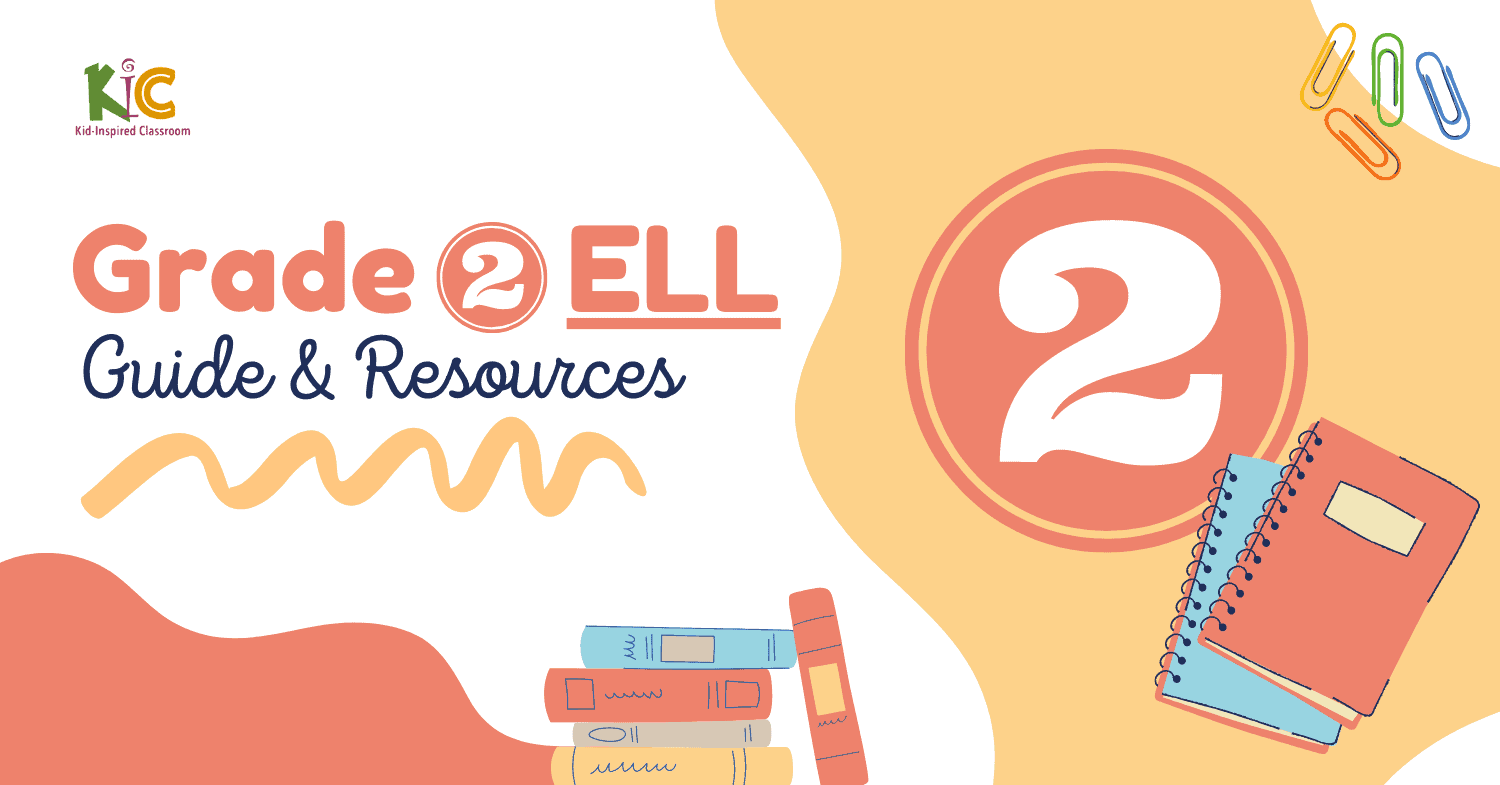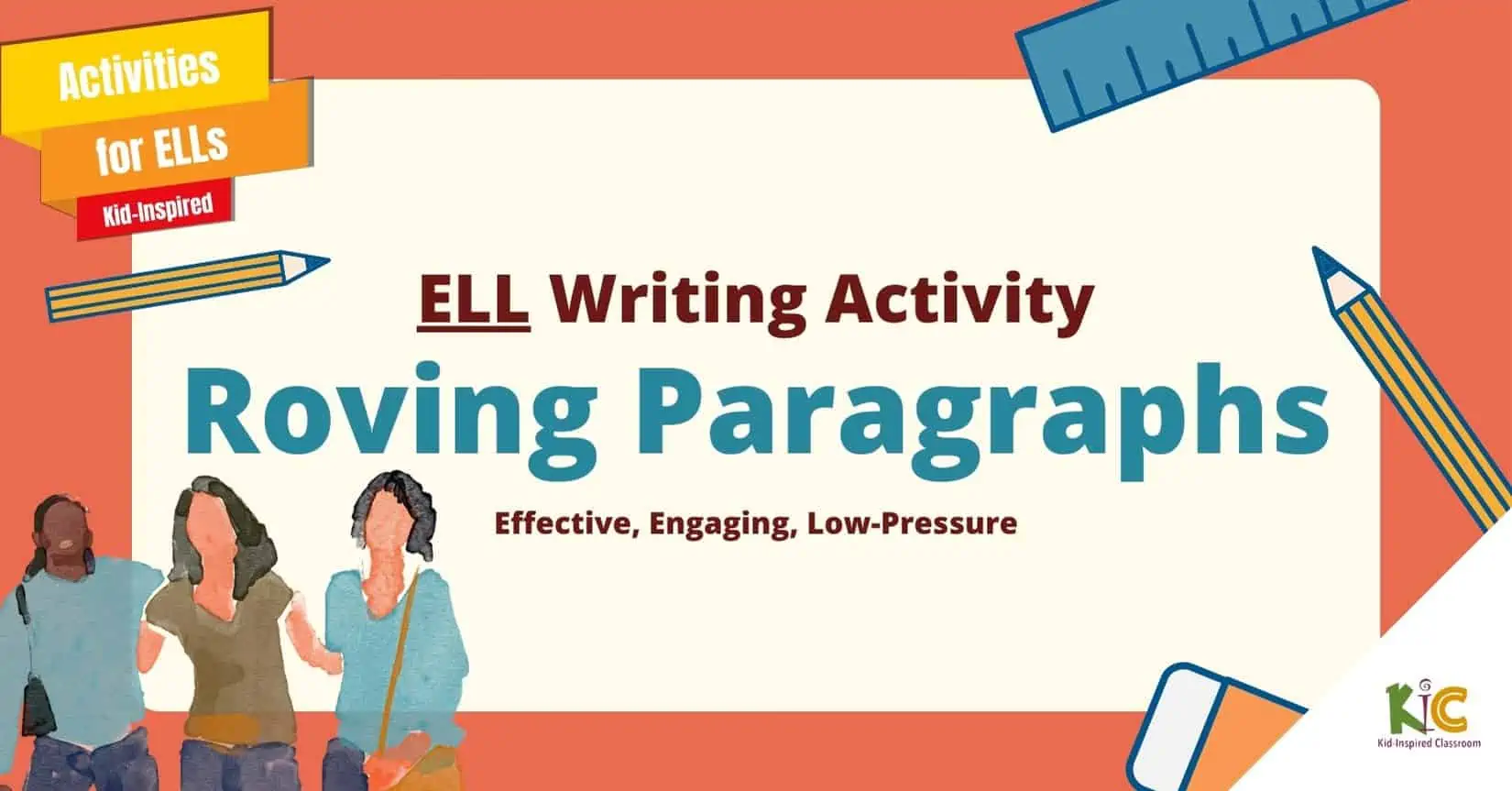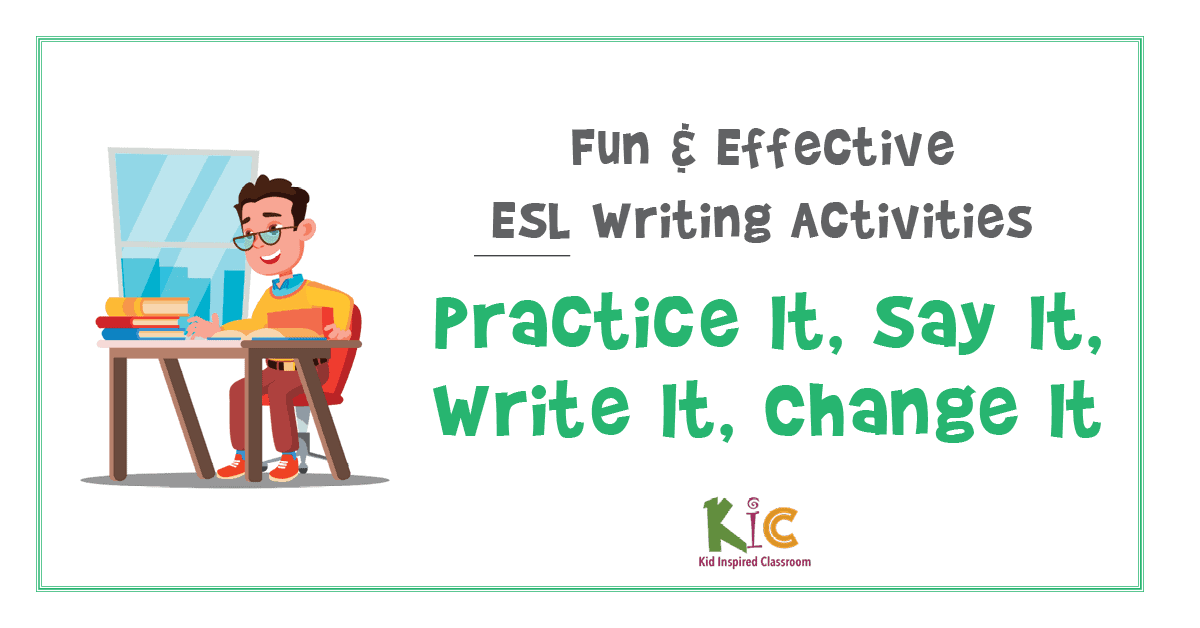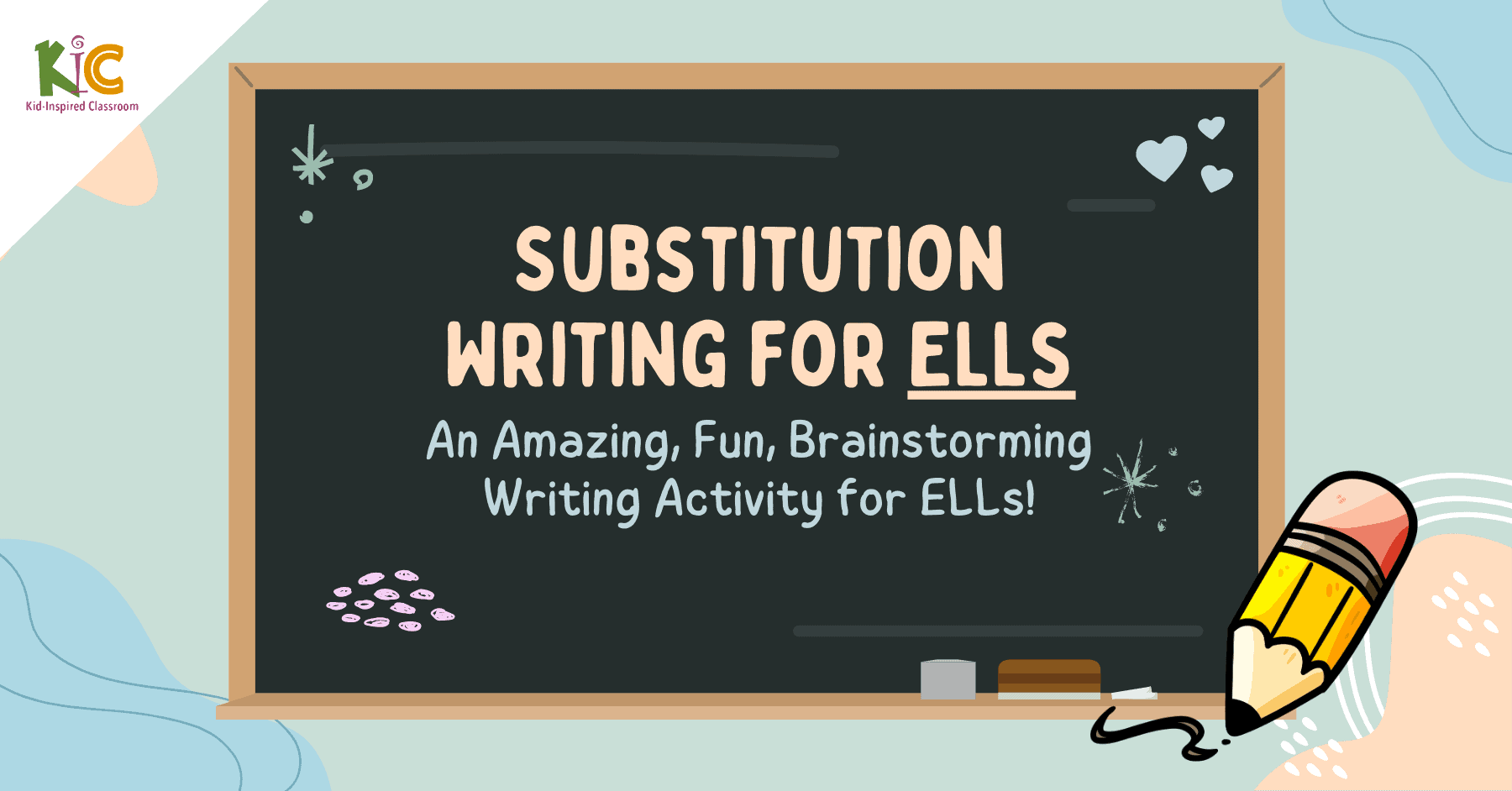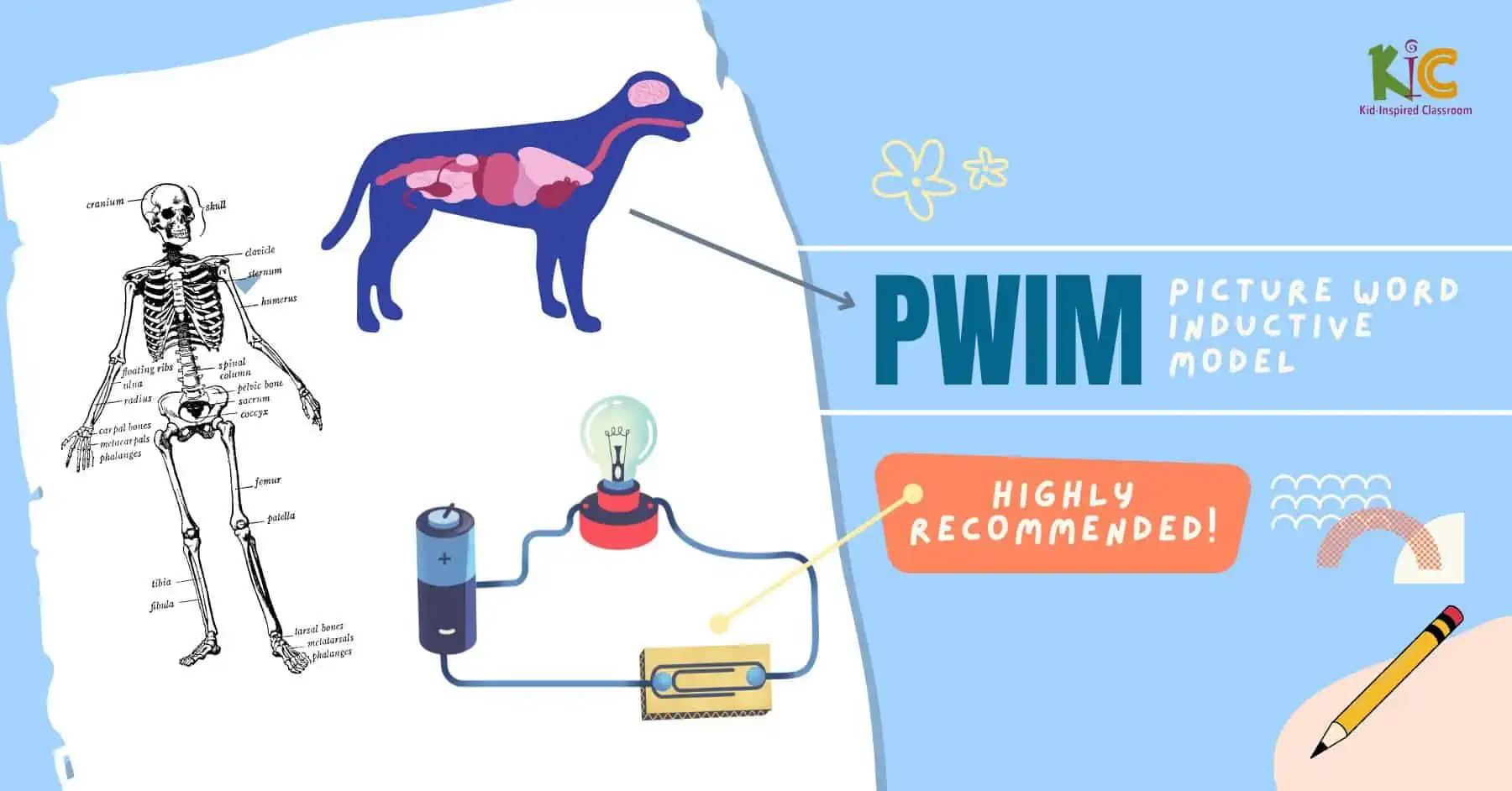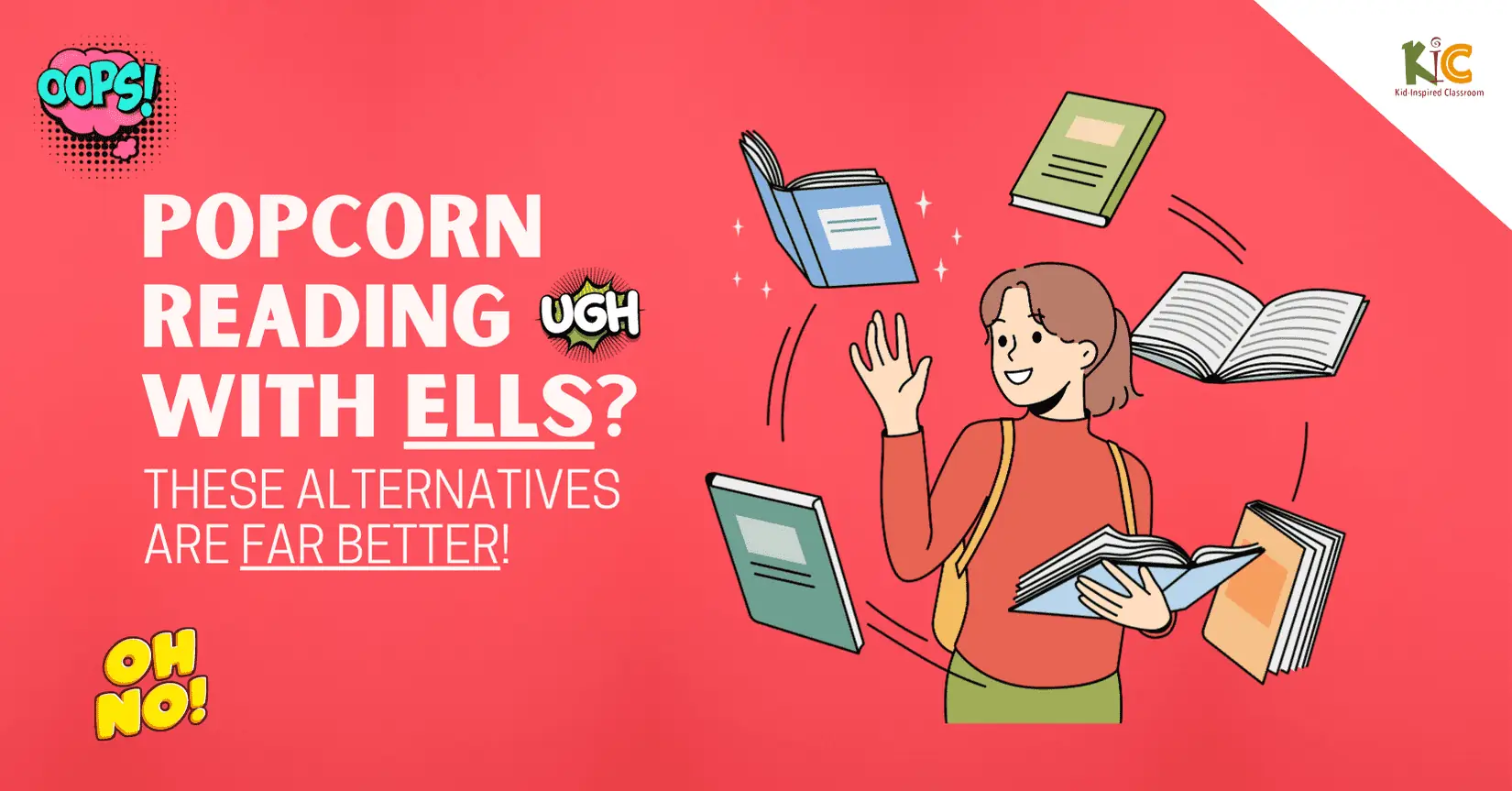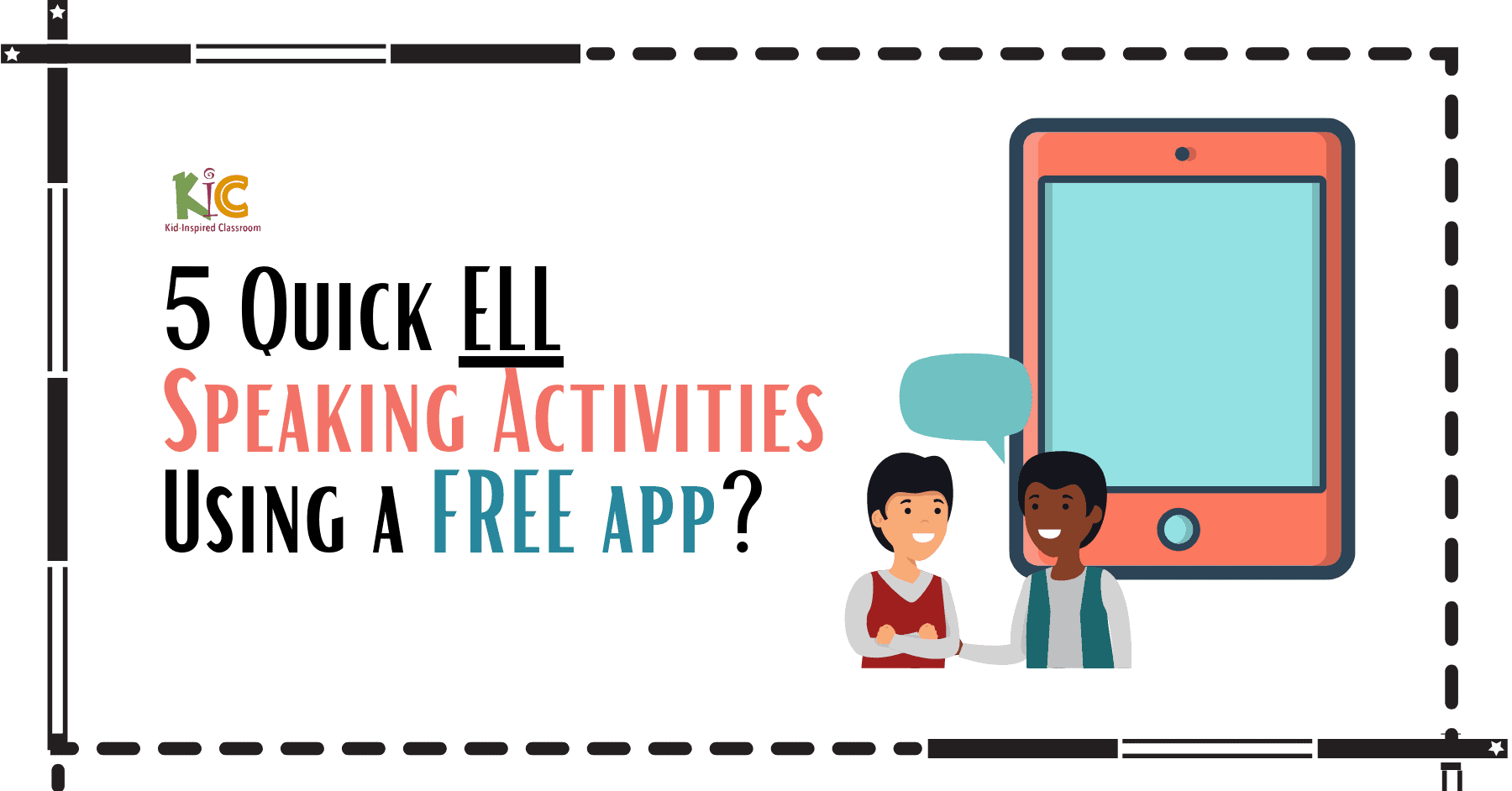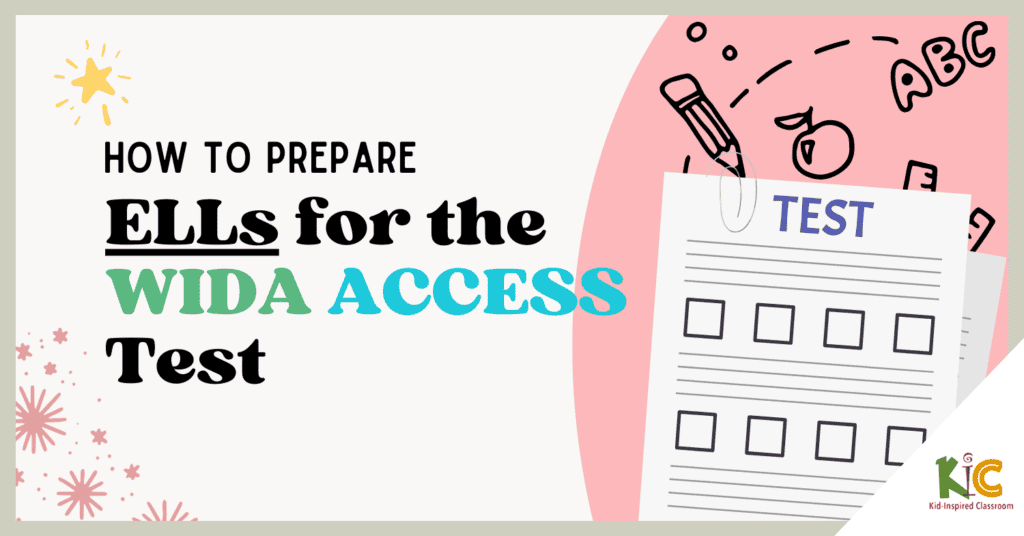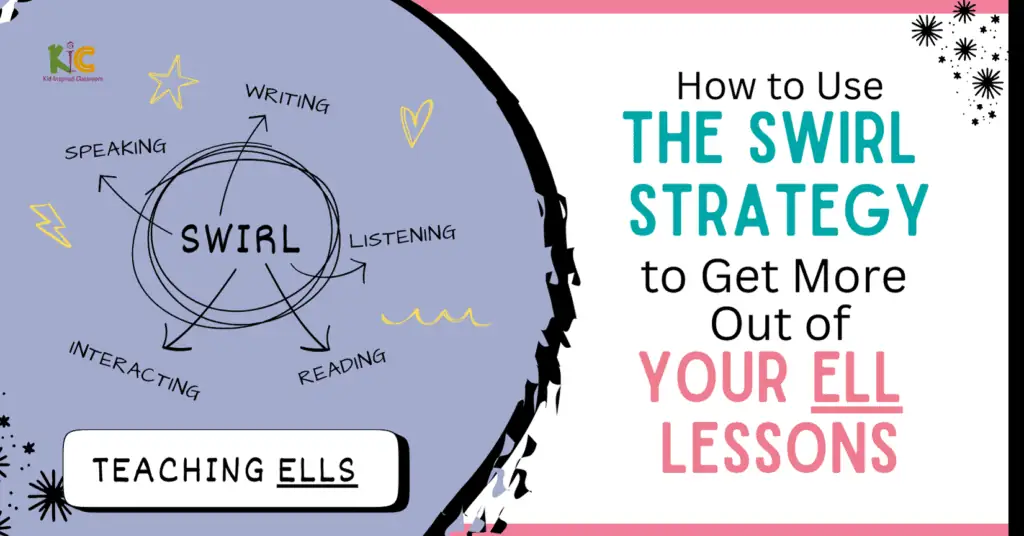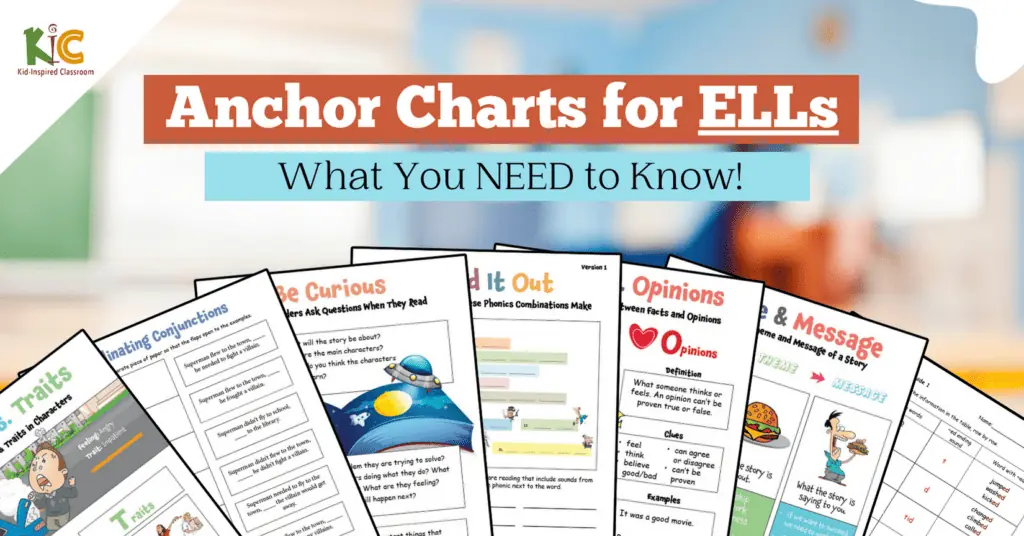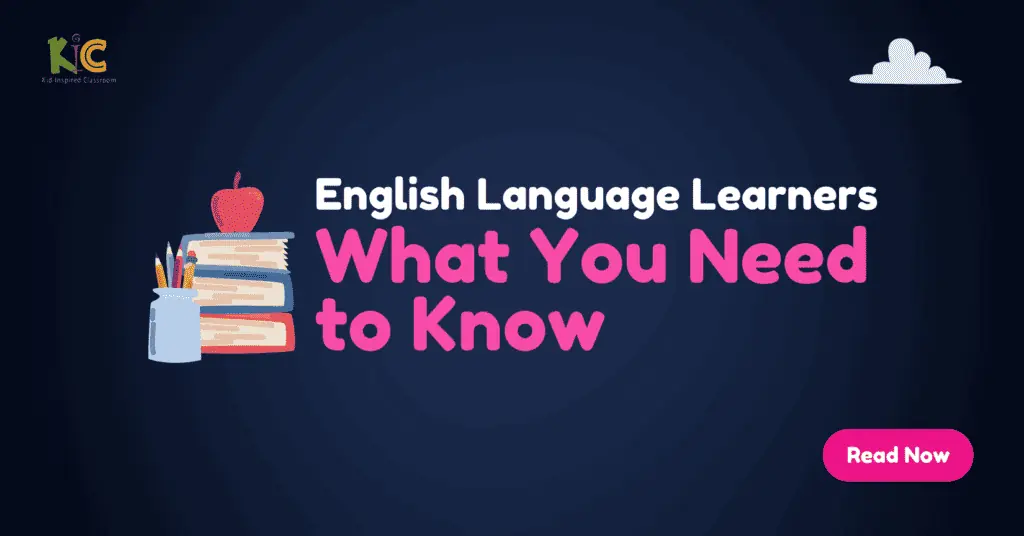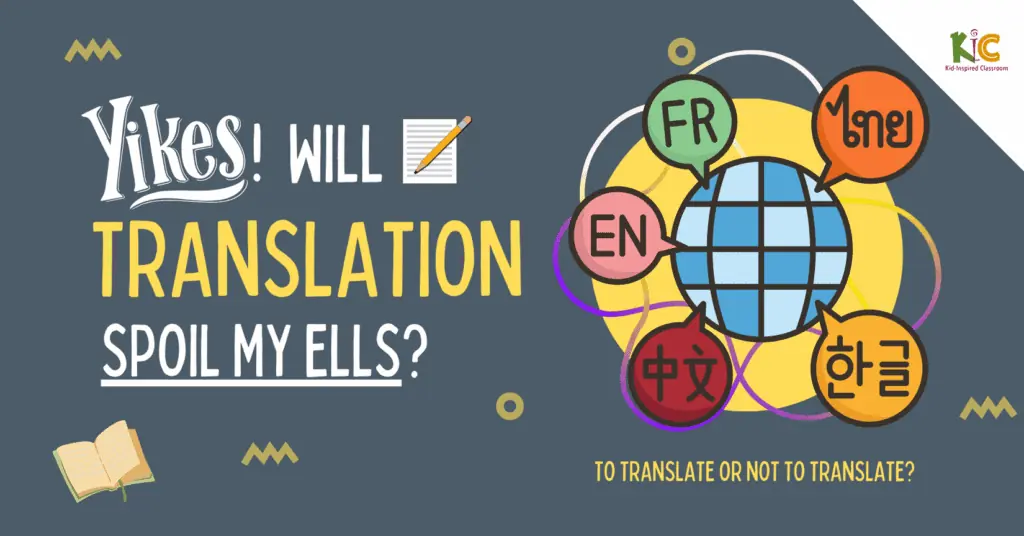2nd Grade Foundations
Before we get to the specific standards for grade 2 students, it is helpful to recognize that grade 2 standards require certain basic skills that not all English learners necessarily possess.
Here are a few foundations that students will need to work on simultaneously if they haven't achieved them yet.
Can a student read at or over 60 words a minute after subtracting mistakes?
If second graders are reading well below 60 words a minute and/or making lots of mistakes, they will have a far more difficult time accessing 2nd grade materials. If a student is struggling with decoding, they will struggle with comprehension.
Phonics practice and lots of reading should be a priority until the student's reading speed get up around 60 words a minute.
Can a student speak in full, coherent sentences?
Students tend to write how they speak. If they cannot put together a full, coherent sentence in speech, they are far less likely to be able to do so in writing.
In the second grade, students will need to be able to use sentence structures such as Present Simple or Past Simple as well as linking words such as "because" or "so" to provide detail or clarification. (Based on SL 2.6, L 2.1. L 2.1 provides more specifics for Grade 2).
If students struggle to create sentences such as these, you will likely want to start most of your practices with a lot of speaking exercises, getting students saying what they are going to write before you have them attempt to put pencil to paper.
Relevant Vocabulary and Background Knowledge (L 2.4, 2.5)
Students need to understand nuances and meanings of words based on context clues, prefixes, suffixes, and root words.
These standards can be challenging for native speakers.
For ELs, they can be daunting.
Telling ELs what words mean is not enough. They need to use words a lot, both everyday and academic words, hearing them, speaking them, reading them, and writing them, preferably in that order.
2nd Grade Standards
I have tried to group similar standards together where possible.
Reading and Speaking Standards
Things to keep in mind:
- Students should be identify who pronouns are referring to.
- "Who" in informational texts can include inanimate objects that are the subjects of sentences (i.e. Rocks come in all shapes and sizes.)
- "Where" can include circumstances (i.e. on vacation)
- "What" questions are about events in a story and usually answered with verbs.
- "Why" and "How" may require some inference if not explicitly stated. "Why" usually involves cause & effect. "How" usually involves a sequence of events leading to the main event and can be answered using the What, Where, and When.
Related ESL Curriculum Resources -- Members Only -- Sign in to View
Standards
- Ask and answer such questions as who, what, where, when, why, and how to demonstrate understanding of key details in a text. (RL 2.1, RI 2.1)
- Use information gained from the illustrations and words in a print or digital text to demonstrate understanding of its characters, setting, or plot. (RL 2.7)
Things to keep in mind:
- Start by having students listen to a story and recount key details with a partner or in a small group.
- Students should be able to recount the story using full sentences with verbs, adjectives and transition words.
- The abstract nouns and phrasing of the moral or lesson of a story is much harder than the retelling of the story. You can provide students with a bank of morals or lessons to choose from.
Related ESL Curriculum Resources -- Members Only -- Sign in to View
Standards
- Recount stories, including fables and folktales from diverse cultures and determine their central message, lesson, or moral. (RL 2.2)
- Describe the overall structure of a story, including describing how the beginning introduces the story and the ending concludes the action. (RL 2.5)
- Tell a story or recount an experience with appropriate facts and relevant, descriptive details, speaking audibly in coherent sentences. (SL 2.4)
Things to keep in mind:
- Students will need to use words like but, like, same to compare different points of view.
Related ESL Curriculum Resources -- Members Only -- Sign in to View
Standards
- Describe how characters in a story respond to major events and challenges. (RL 2.3)
- Acknowledge differences in the points of view of characters, including by speaking in a different voice for each character when reading dialogue aloud. (RL 2.6)
Things to Keep in Mind:
- Start by having students listen to a text and use sentence stems to discuss key ideas or details with a partner or in a small group.
- Students can often identify the main topic by looking for words that repeat a lot.
- You can provide students with a selection of possible purposes for them to choose from--a Purpose Bank so to speak ? .
Related ESL Curriculum Resources -- Members Only -- Sign in to View
Standards
- Identify the main topic of a multi-paragraph text as well as the focus of specific paragraphs within the text. (RI 2.2)
- Describe how reasons support specific points the author makes in a text. (RI 2.8)
- Identify the main purpose of a text, including what the author wants to answer, explain, or describe. (RI 2.6)
- Recount or describe key ideas or details from a text read aloud or information presented orally or through other media. (SL 2.2)
Related ESL Curriculum Resources -- Members Only -- Sign in to View
- Describe how reasons support specific points the author makes in a text. (RI 2.8)
Things to Keep in Mind:
It may be helpful to have students underline or highlight sequence words as well as cause & effect words.
- Describe the connection between a series of historical events, scientific ideas or concepts, or steps in technical procedures in a text. (RI 2.3)
Things to keep in mind:
Students will need sentence stems to communicate the similarities and differences between two stories or texts. The stories are the same because they both________. The stories are different in that they __________.
Standards
- Compare and contrast two or more versions of the same story (e.g. Cinderella stories) by different authors or from different cultures. (RL 2.9)
- Compare and contrast the most important points presented by two texts on the same topic. (RI 2.9)
Writing Standards
Things to keep in mind:
- Beginner and low-intermediate students may need sentence stems for the different parts of their paragraph or essay. For example: _______ was a great book. I liked _______. I didn't like _________. In conclusion, __________.
- Students may need some review of the tense you want them to use in their writing (i.e. Present Simple, Past Simple, etc.).
- You can provide students with digital tools to work collaboratively to publish their writing.
Related ESL Curriculum Resources -- Members Only -- Sign in to View
- Write opinion pieces in which they introduce the topic or book they are writing about, state an opinion, supply reasons that support the opinion, use linking words (e.g., because, and, also) to connect opinion and reasons, and provide a concluding statement or section. (W 2.1)
- With guidance and support from adults and peers, focus on a topic and strengthen writing as needed by revising and editing. (W 2.5)
- With guidance and support from adults, use a variety of digital tools to produce and publish writing, including in collaboration with peers. (W 2.6)
Things to keep in mind:
- You can get students researching a topic together.
- Beginner and low-intermediate students may need sentence stems for the different parts of their paragraph or essay.
- Students may need some review of the tense you want them to use in their writing (i.e. Present Simple, Past Simple, etc.).
- You can provide students with digital tools to work collaboratively to publish their writing.
Related ESL Curriculum Resources -- Members Only -- Sign in to View
- Write informative/explanatory texts in which they introduce a topic, use facts and definitions to develop points, and provide a concluding statement or section. (W 2.2)
- With guidance and support from adults and peers, focus on a topic and strengthen writing as needed by revising and editing. (W 2.5)
- Participate in shared research and writing projects (e.g. read a number of books on a single topic to produce a report, record science observations). (W 2.7)
- Recall information from experiences or gather information from provided sources to answer a question. (W 2.8)
Things to keep in mind:
- Students may need some review of the tense you want them to use in their writing (i.e. Present Simple, Past Simple, etc.).
- You can provide students with digital tools to work collaboratively to publish their writing.
Related ESL Curriculum Resources -- Members Only -- Sign in to View
- Write narratives in which they recount a well-elaborated event or short sequence of events, include details to describe actions, thoughts, and feelings, use temporal words to signal event order, and provide a sense of closure. (W 2.3)
- With guidance and support from adults and peers, focus on a topic and strengthen writing as needed by revising and editing. (W 2.5)
- Recall information from experiences or gather information from provided sources to answer a question. (W 2.8)
Various Standards
You can bundle the objectives below with many or all of the objectives above rather than take time to deal with them separately.
Things to keep in mind:
- Pre-teach vocabulary and provide a word bank relevant to a task for beginners and low-intermediate students. For intermediate to upper-intermediate provide a word bank.
- Students cannot understand a word from context if they cannot understand the context either. Natalie Wexler's book The Knowledge Gap is particularly instructive when it comes to reading comprehension. Background knowledge seriously impacts comprehension. You can build background knowledge by reading to students on a topic, teaching them directly about it and practicing relevant vocabulary before having students read texts themselves on that topic.
- Determine the meaning of words and phrases in a text relevant to a grade 2 topic or subject area. (RI 2.4)
- Describe how words and phrases (e.g. regular beats, alliteration, rhymes, repeated lines) supply rhythm and meaning in a story, poem, or song. (RL 2.4)
Things to Keep in Mind:
It may be helpful to have students underline or highlight sequence words as well as cause & effect words.
Enter your text here...
- Participate in collaborative conversations with diverse partners about grade 2 topics and texts with peers and adults in small and larger groups. (SL 2.1)
- Follow agreed-upon rules for discussions (e.g. gaining the floor in respectful ways, listening to others with care, speaking one at a time about the topics and texts under discussion).
- Build on others' talk in conversations by linking their comments to the remarks of others.
- Ask for clarification and further explanation as needed about the topics and texts under discussion.
- Ask and answer questions about what a speaker says in order to clarify comprehension, gather additional information, or deepen understanding of a topic or issue. (SL 2.3)
Things to Keep in Mind:
There are so many tools that students can use to record, draw or create other types of visuals. This is a great add-on to any of the above standards as a final display of what a student has learned.
- Create audio recordings of stories, or poems; add drawings or other visual dispalys to stories or recounts of experienes when appropriate to clarify ideas, thoughts, and feelings. (SL 2.5)
Differentiating for Grade 2 Students
Beginner/Entering:
- Vocabulary: Pre-teach vocabulary and provide a word bank.
- Read (& Listen): Provide graphic organizers partly filled in. Consider having them listen and discuss before reading.
- Speak: Provide sentence stems and lots of examples.
- Write: Use Substitution and Reading Clozes.
Low-Intermediate/Emerging:
- Vocabulary: Pre-teach or brainstorm together words they will need in a word bank.
- Listen & Read: Provide an empty graphic organizer. You can observe how they do without pre-filling anything.
- Speak & Write: Provide sentence stems for speaking and see if they can go without full examples.
- Write: Provide sentence stems for each sentence of a paragraph and solid examples.
Intermediate/Developing:
- Vocabulary: You can try PWIM and word banks.
- Listen & Read: Use empty graphic organizers.
- Speak & Write: Provide prompts and sentence stems with more academic language.
- Write: Develop a short essay based on the graphic organizers.
*This post has been developed based on the following resources: WIDA Can-D0 Descriptors, Common Core ELA Standards and New Language Arts Progressions (NLAP)
Activities and Strategies
2nd Grade ESL - Materials & Resources
Here are some really helpful resources
- New Language Arts Progressions (NLAP) - This is a set of pdfs that give solid tips for what to expect from and how to assist students at each English level and grade level. Even though it is not organized in the most convenient way, I have found this resource particularly helpful.
- Sheltering Instruction in the Content Areas - This is a helpful post by Valentina Gonzales with downloadable pdfs on sheltering content in Social Studies, Math, Reading and Writing.
- ESL Teaching Methods from the Masters - This is a set of articles on leading professionals in the field of English Language Teaching. You'll find links to their blogs, resources and social media pages. I have personally been in touch with each of them and they are caring, approachable people to whom I owe a debt of gratitude.
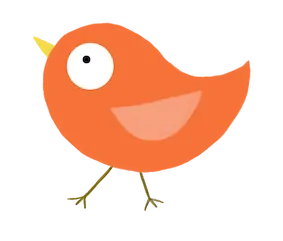
Kid-Inspired ESL Curriculum Membership Members:
Log in to view resources in the drop downs for each standard above or head over to the homepage to find materials for your second graders.
If you are not a member, click below to join the membership and see if it is a good fit for your needs. If you are not satisfied for any reason, cancel any time in the first 14 days for a full refund.
